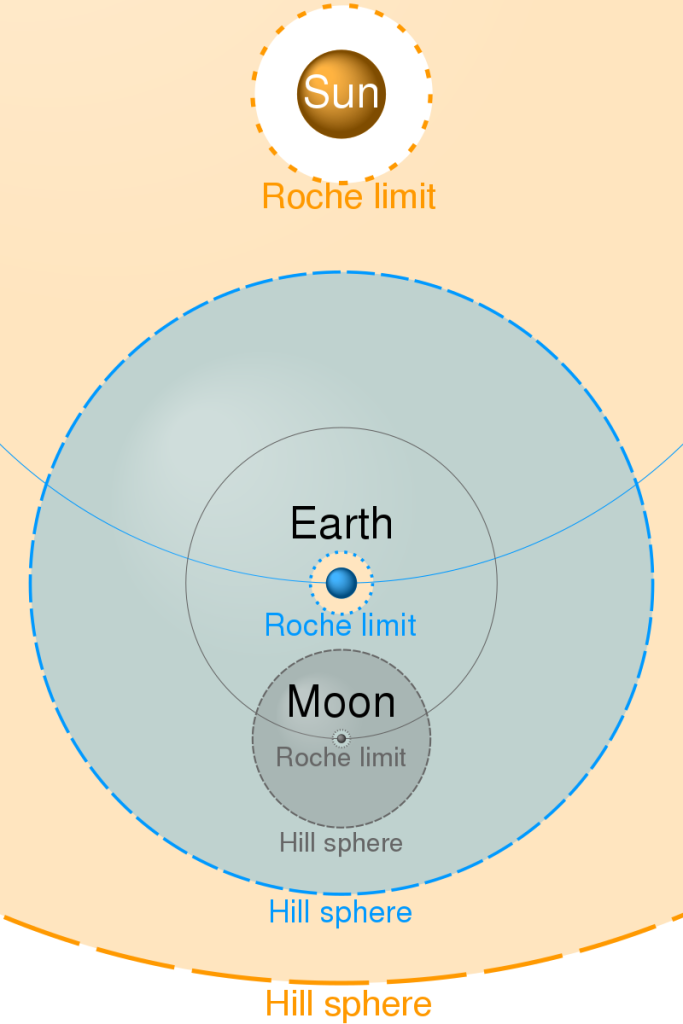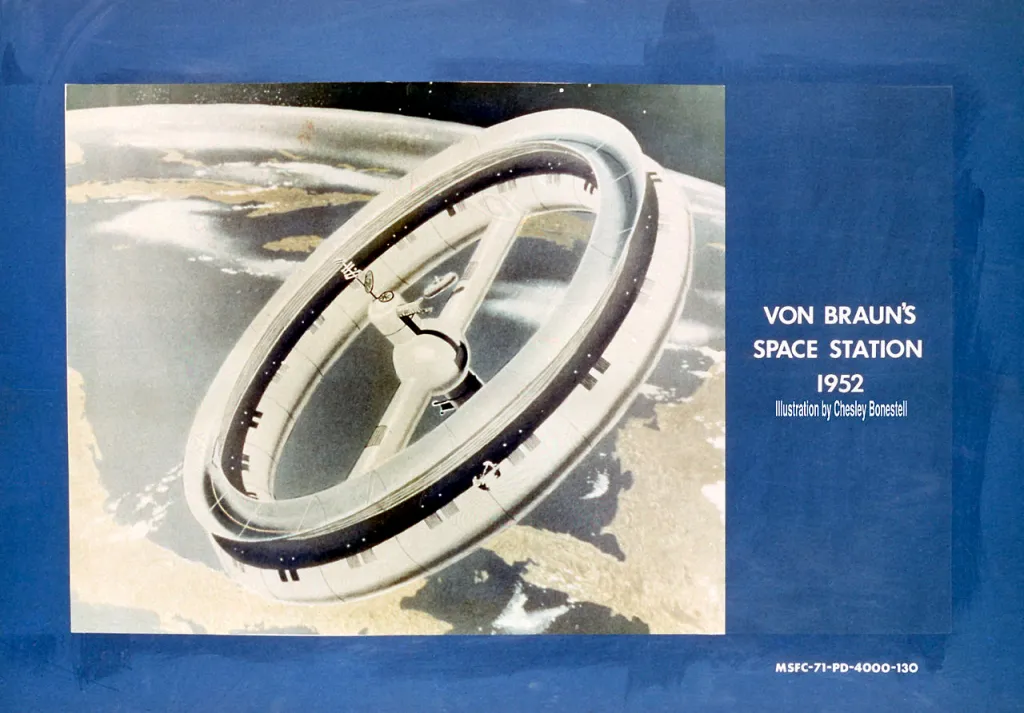There’s a joke in science fiction writing communities that the advancement of science and technology makes science fiction harder. It’s a joke because SF is a genre that depends on the advancement of science and technology; but it’s also a joke because it’s kinda true. When your job is to describe the future, advancements can make it harder when fantastic things become more commonplace or turn out to be completely disproven. This can be glossed over sometimes — and in fact, many great science fiction stories depend on things both the authors and the audience know to be impossible — but for the most part good SF depends on staying both ahead of and within scientific understanding.
Sometimes, though, there’s an advancement that makes a big splash that makes it easier, not harder. Sometimes you don’t have to be more creative than the real world in order to stay ahead of it, simply because it opens up so many more possibilities than you’d had before. Creativity doesn’t lie in being completely new, but rather in recombining things in the real world.
We just had one of those last week, on March 14th, 2024, when the third Starship test got its eponymous rocket into a stable orbit. Yes, both the Starship rocket and its Super Heavy booster ran into problems on the way back down, but the engineering needed for getting something that large into orbit is impressive and means a lot for the future of humanity as a whole. (Though, frankly, I really wish it had a different name. It’s not a starship. It’s also not a ship, but I suppose “starboat” isn’t a catchy name.)
With the Starship project, the Artemis program, and the massive increase in launch capacity and capability we’ve already had, there is a growing or possibly better put as regrowing, market for near-future science fiction. There is of course The Martian, but there are more authors focusing on the near future rather than galaxies far, far away. That includes including the excellent space medical thriller The Moon and the Desert by real-life neuroscientist Dr. Robert Hampson which I’ll be reviewing next month, but feel free to read my friend Declan’s review in the meantime), and the upcoming anthology Tales of the United States Space Force coming out in June.
And the market for such things can be surprisingly large. I still remember walking into an insurance office several years ago to find the staff, who weren’t nerds by any stretch of the imagination, glued to the live feed of a Falcon 9 test. They didn’t care about science fiction normally, but there’s an allure to these advancements that can touch almost anyone — and some of them will go on to pick up a science fiction novel. Perhaps your novel.
Starship is important to the growth of near-future SF because of the new capabilities it will provide. We’ve only had three tests, but we’re now looking at proven technology to get things into orbit. Of course, we’ve already been able to get things to orbit since Sputnik 1, but the difference here is in the rocket itself, which is massively scaled up compared to anything before. I don’t just mean in terms of its height compared to the Saturn V, the previous record-holder for the largest rocket ever built, though that’s what you normally see online.
The difference is in Starship’s launch capability. Even placing these rockets side-by-side doesn’t tell you the full story until you consider how much of each one is devoted to payload. No matter how powerful your rocket, it takes approximately ten units of fuel to get one unit of payload into orbit — and that’s just low Earth orbit, or LEO. Note the above image shows that the Saturn V has a higher launch capacity to LEO than Starship, but this is because it was designed to send things to the moon, which means more fuel. The higher you go in the gravity well, the less fuel you need; but the more total fuel you need, the more fuel you need to launch that fuel. That’s why getting something to the moon (or anywhere else) is so difficult that we haven’t done much of it in decades. Getting anything out of the space dominated by Earth’s gravity, known as the Hill sphere (named after astronomer George William Hill, who defined the relevant equations based on the work of the more famous Édouard Roche) can be difficult because Earth has such a steep gravity well. Everything we send out has had to be very small, because adding any weight means adding an increasing amount of fuel.
So while Starship is less powerful than the Saturn V, it’s because its effective payload capacity is much, much higher — at least for LEO. The Saturn V was launching more stages than Starship, and only a tiny fraction of its overall launch weight even went to the moon, much less came back down. Starship can’t get to the moon or Mars without refueling, but it can bring large objects to orbit. Once the difficulty of getting the booster and main rocket safely down again is solved, it will revolutionize launch capacity.
Very simply put, until now we’ve had to err on the side of longer, skinnier rockets, limiting the payload we can launch, on top of the hard limits of the rocket equation. This isn’t just a limit in terms of mass, but in terms of size as well. For example, when the James Webb Space Telescope was launched, it spent most of the long, slow journey to the L2 Lagrange point carefully unfolding itself. Everything worked out fine, but the ground crew, scientists, and space nerds everywhere were extremely nervous thanks to all the moving parts. Every mechanism needed to do that was another point of potential failure that could have doomed the entire mission. Every moving part created just a tiny bit more mass that would only be needed once, with more than a dozen times that mass added in fuel alone. If JWST could have been launched by something as large as Starship, it would have meant saving that much more fuel and a more robust probe.
This is the reality we’ve lived with for so long that we tend to take it for granted, but Starship will change how satellites and spacecraft have to be designed. Fuel costs remain the same, but in the future we’ll see more designs that incorporate much larger satellites for the same launch costs. But we’ll still see folding satellites because we have the know-how to do something as horrendously complicated as JWST but on a larger scale. Or, as we did with the space shuttle, we will be able to send things to orbit that have to be assembled via spacewalk . . . or possibly by increasingly-complex autonomous robots. The more payloads we can have in orbit, the more productive we can be.
Right now, we can only use something in orbit if we took it up there with us, but the Starship launch capacity will eventually mean we can gather extraterrestrial resources as well — from the moon, from Mars, and from asteroids. The more we gather from elsewhere, the less fuel we have to expend for anything and everything we do. We just have to get the initial equipment there first, and as of this month it is easier than it has ever been.
We’re still looking at a few years before we can place such large payloads into orbit, but yes, we are now able to seriously talk about large space stations without relying on hope or fudge-factors. That includes the rotating space stations with simulated gravity that have, so far, been solely in the realm of science fiction. This isn’t because we can’t build them, but because they’re not cost-effective. We can do experiments in gravity here on Earth, but it hasn’t been worth it to install a rotating section on the International Space Station because it’s the only place (unless you’re working for the CCP) we can do zero-gravity experiments. Soon, though, we’ll have multiple space stations in orbit, some of which use the von Braun “wheel” style of classic SF. As we get more people into space, we will need to provide gravity to stay healthy. It is entirely possible that the first rotational station will actually be in orbit over the moon due to the easier launch capability (as we can manufacture almost all of it using lunar materials, including the fuel and most of the atmosphere needed to pressurize the station), but Starship, and other craft like it, will speed up that kind of development by probably two orders of magnitude.
Right now, this is the greatest single invention for the future of mankind, without exaggeration. It’s also one of the keys to creating near future sci-fi that your audience is going to love. Even if you never mention SpaceX in your novel, this lift capacity is now a reality, and the more reality you can use in your sci-fi the more grounded it will be. Not everyone is going to want near-future hard SF, but these kinds of details will allow you to describe soft SF in a way that will feel far more reality-based. And with the growing number of people getting excited about space exploration again, it is easier than ever for an author to study up on what’s happening in the real world and use that to ground their sci-fi — even if it’s only in the background of something taking place hundreds of years in the future after the development of a Clarketech pseudo-magic technological backdrop. The less you have to fudge, the more room you have for details (fictional or physical) that your audience isn’t already familiar with.
Classic SF leaned heavily on details of the NASA space program of the 50s and 60s, not because it was easy, but because that is what their audience paid attention to. The same has been true in fantasy, where the old mainstays of the Western European medieval period are slowly yielding to more inspiration from other cultural sources, not because of reader fatigue but because (thanks mainly to the Internet) it is easier than ever to find out information on other cultures. The more we learn about something, the more we like to see fiction about it. So if you have any desire at all to write about near-future SF, now’s the time, because your audience might be just one launch away.




Another point is that Starship is actually designed to be refueled. Saturn wasn’t, and was not capable. SLS isn’t (they may contemplate it for future versions, assuming there are any).
LikeLike
Respectfully disagree about the Shuttle stack capability to orbit. While the original payload was around 25 tons (50,000#), it never carried that much. OTOH, if you look at what was actually put into orbit, the capability of the Shuttle was much larger. Here’s how I do the math:
Orbiter – 100 tons (200,000#)
Payload – 25 tons (50,000#)
Add those together and you end up with 125 tons to LEO, equivalent to the Saturn V.
Had the Shuttle ever taken the external tank into orbit, add another 32.5 tons (65,000#) and 2.5 – 5 tons (5,000 – 10,000) of ullage (remaining liquid in the ET). Add everything together and the Shuttle stack was capable of hauling over 150 tons into LEO.
We never hauled an ET into orbit, but we got very close following Challenger. There were at least 2 companies with MOUs with NASA to provide 5 ETs apiece for salvage on orbit that were never executed. Cheers –
LikeLike